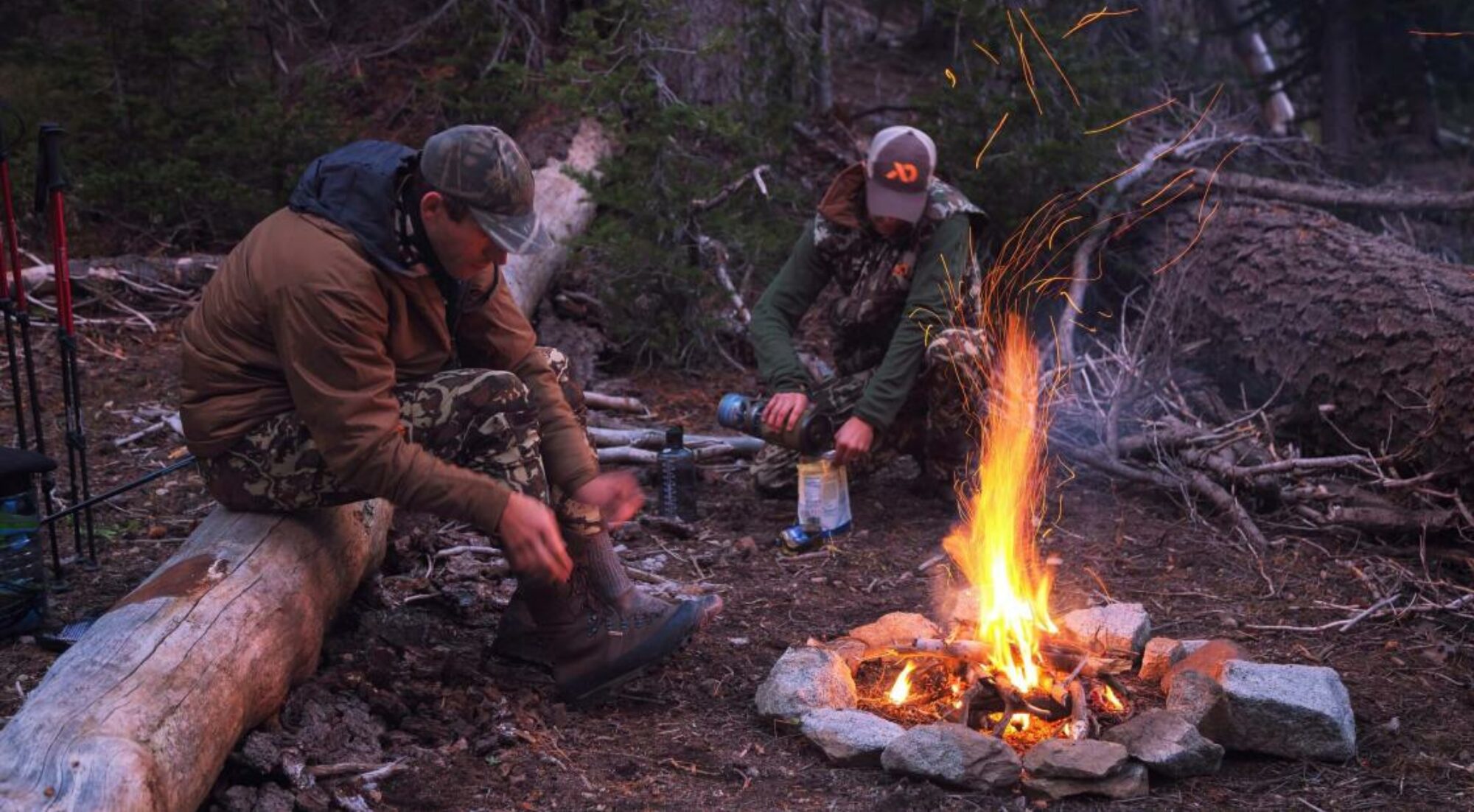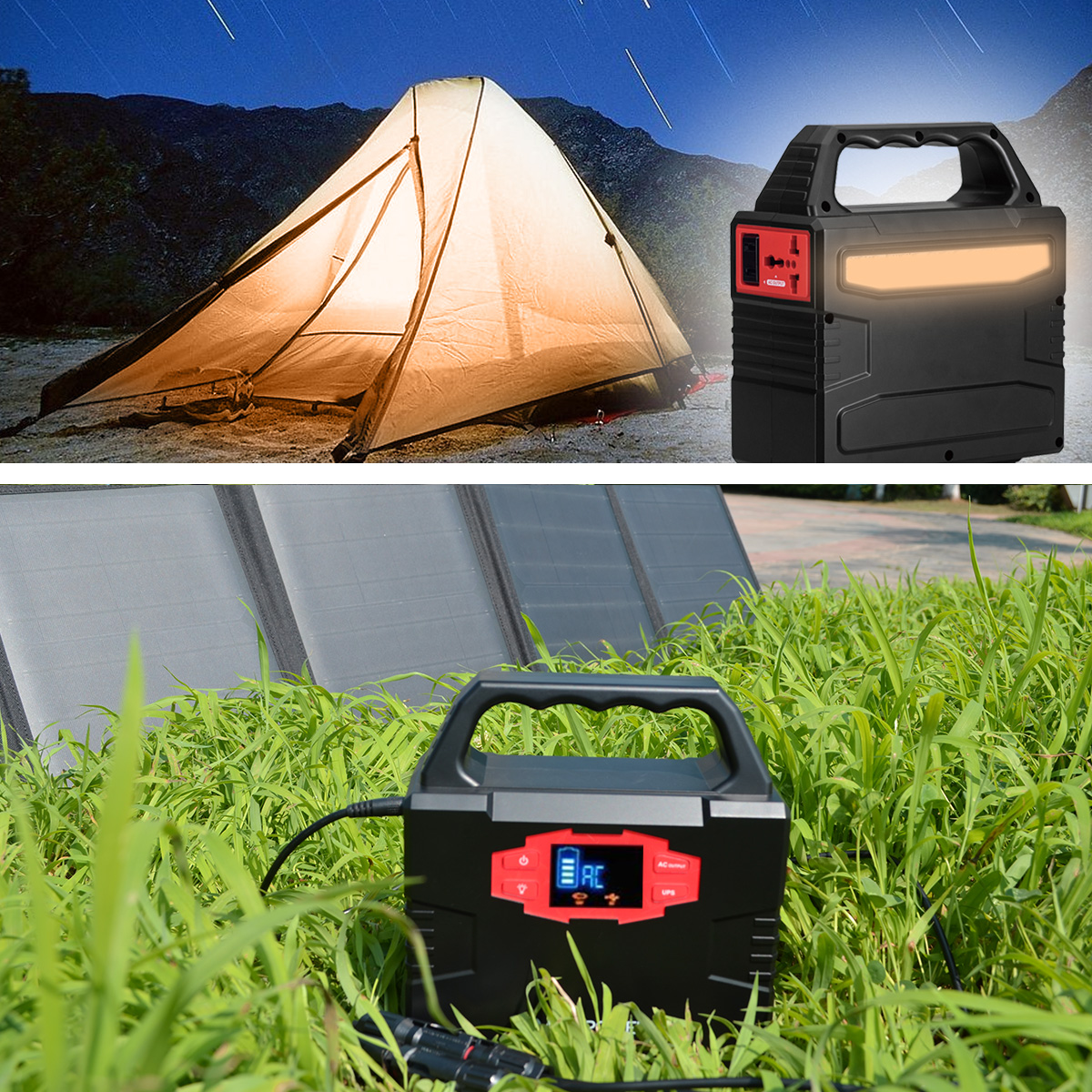Growing a garden is not an easy task. It takes constant care, tending, attention and diligence. I love growing my own food and I also know that having good, healthy soil is of utmost importance in the sense that your food will be healthier and more plentiful. The best way to help your soil is Home Composting.
Compost is organic material that can be added to soil to help plants grow. Food scraps and yard waste together currently make up thirty percent of what we throw away, and could be composted instead. Making compost keeps these materials out of landfills where they take up space and release methane, a potent greenhouse gas.
Home composting isn’t necessarily done by everyone partially because it can get kinda smelly and you also want to have a sizable yard to do it in. I usually see compost piles on farm properties. However, there are ways to do it in your home or even in your backyard if isn’t all that big.


Where to make your Home Composting pile
Do you have space in your backyard? If you do, then your set up perfectly to do an open pile. Traditionally that is where you would want to do your home composting pile but you don’t need to do it open either, if you don’t want to.
There are many options for composting on your back porch or even inside your home that isn’t smelly either! In fact, a friend told me that he made a box for what’s called Vermicomposting (composting with worms), a piece of furniture in his home!
Another small space idea is fermenting your food scraps with a Japanese method called Bokashi. All you need is a container that you can seal and Bokashi mix, which is a colony of bacteria residing on grain. Here is a link to loopclosing.com, a food waste solution company, on how to do a worm box and Bokashi.
Donating to your local community garden or a municipal composting site is a viable option though if you don’t want to do any composting but don’t want to fill up the local landfill.
Items to/not to use in home composting
There are numerous things that can be composted and definitely things that should not be composted because they attract rodents and pests like insects and mice.

Vegetables and fruit waste can be composted as well as human hair, eggshells, corn husks and cobs, cardboard, grass clippings and leaves or sawdust. Some items purchased at the grocery stores say they are compostable right on the packaging.
Meats, poultry dairy and oily products will attract pests. It’s also best to avoid any diseased dead plants or nasty molds, pet wastes and greens treated with chemical pesticides. These can alter or destroy the beneficial composting bacteria needed.
Composting process
To make superior compost there is a process to be followed. In the world of composting, you’re going to hear about “the greens and the browns”. The most important step is the layering because layering promotes air flow and a proper mixture of nitrogen to carbon. Building your home composting pile is a lot like you would build a fire. You need airflow to feed the fire and keep it going.
Drainage is also important. Proper water flow means wet on top and dry brown on bottom so the wet can drain down to the dry therefore providing the balance of moisture. You want it wet but not soggy.
Greens are typically food scraps like corn cobs and husks, apple cores, coffee grounds and even grass clippings. They add nitrogen which promote microbials. These microorganisms are the workers of the decomposition process and do all the work. Greens are the ‘wet’ in the layering process.
Browns are typically shredded paper or even cardboard, pine needles or dried leaves and things like egg cartons. They add the carbon needed for the decomposition process. Browns are the ‘dry’ in the layering process.
While building and layering your compost pile or container is crucial, it’s also important to ‘turn’ your pile once or twice a week. By doing so it will add a little airflow and allow it to breathe, further promoting the breakdown process.
The nose knows!
If you live in a warm climate or try to compost during the summer you will most likely be able to start using your compost after about two to three months. On the other hand, the cold will take longer. Heat promotes decomposition while the cold slows the process.
Your nose will be able to tell you if you pile is done or not. If it smells bad like a trash heap or landfill, your composting pile might be too wet or not decomposing properly and you will most likely need to adjust your green to brown ratio. It definitely isn’t ready. It should smell sweet or sour but have a woody or earthy smell, not seriously offensive to the nose.
The fluffier the better and once its done you can add it to your garden or even an indoor plant! Composting definitely takes patience, so don’t give up!
If you found this article helpful or have any comments or something to add, please feel free to do so in the comments below.
Thanks!


